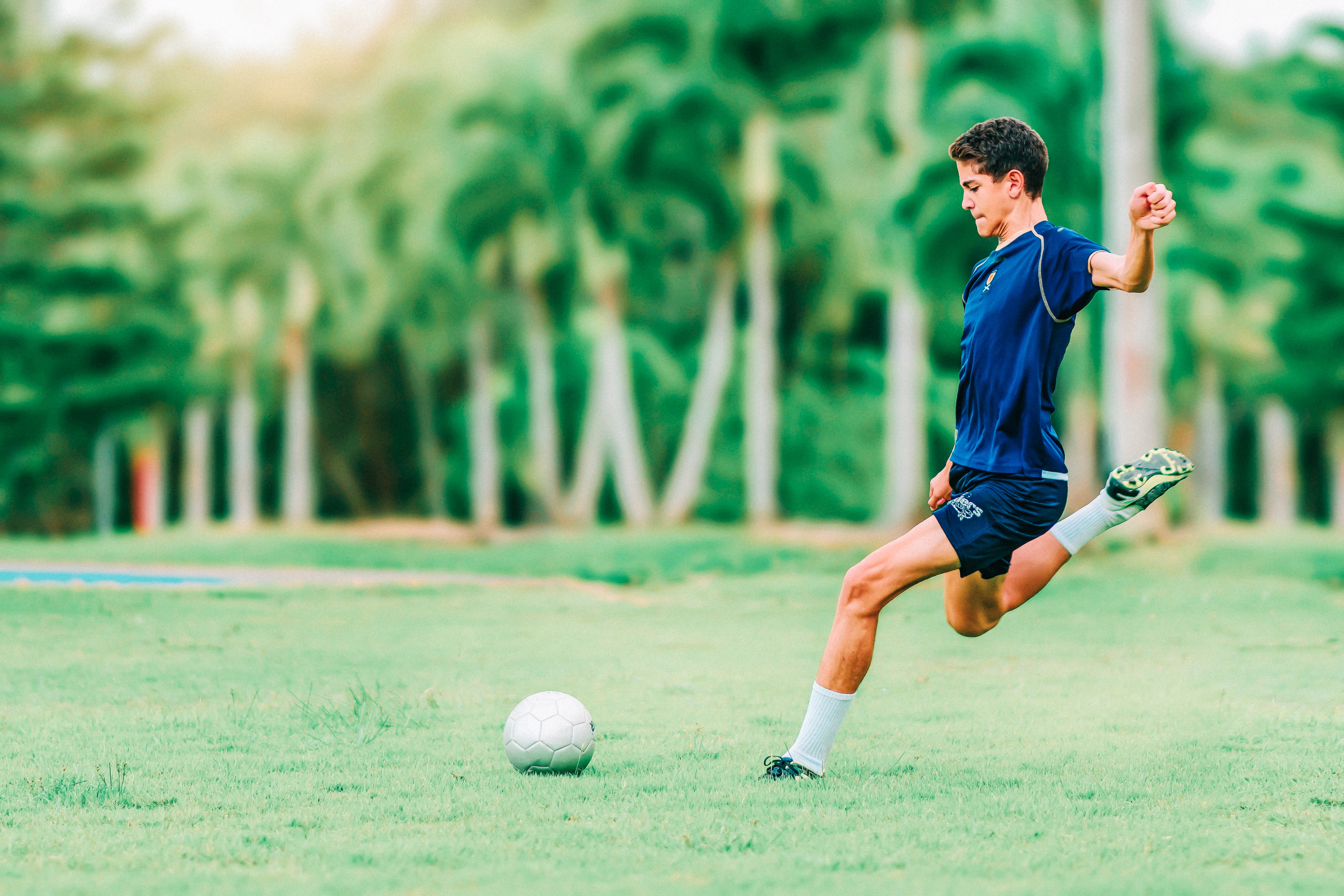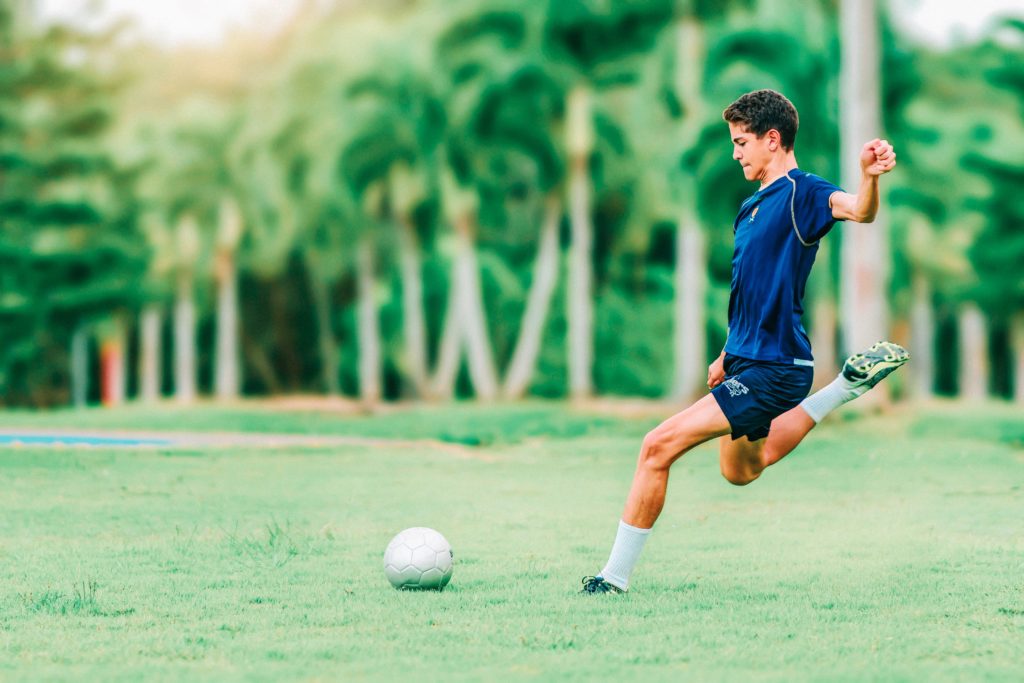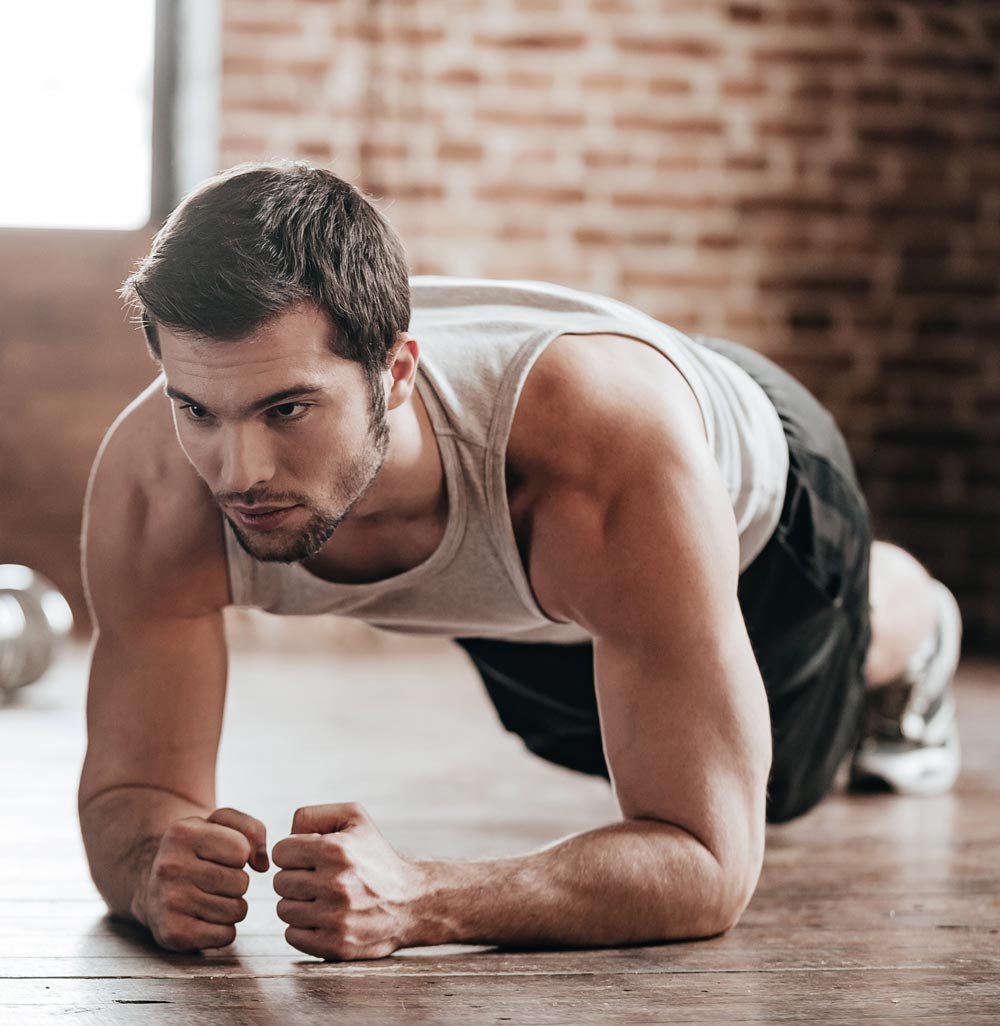
How to best train for sports with obvious arm or leg dominance

There are a multitude of sports that have an obvious arm or leg dominance, and as such, maximising the ability of this dominant limb translates to excelling in this sport. It is important to remember that asymmetries are common in unilateral sports, and training for symmetry can often be counterproductive to your long-term benefits. If you want to read up further on this concept, check out our blog “Is symmetry all that important for performance”.
In order to maximise your athletic performance in a sport with obvious arm or leg dominance, there are two common principles to follow: training individual muscle groups and translating that into functional movement training. Let’s explore this further!
Take the sport of long jump for example. Long jumpers utilise their lower body for the majority of their propulsion during jumping. When it comes time to take off, every long jumper will have a preferred leg to drive off with. It is essential that this leg can produce the maximum amount of force possible, as this will allow the athlete to jump as far as possible.
Therefore, this preferred take-off leg needs to be addressed during a training cycle. The muscle groups which contribute to jumping can be trained in isolation are: glute, quadricep, hamstring and calf exercises.
Some exercises to isolate these muscles
An example of a gym session to train these muscles in ISOLATION would follow along something like this:
- Glute bridges
- Hip extensions
- Hamstring curls
- Seated knee extensions
- Calf raises
These exercises can be modified to incorporate an asymmetry in weight between legs, with the dominant leg likely to be stronger. Therefore, an increase in weight over the dominant leg to stimulate greater strength gains would be observed.
Some exercises for functional training
In order to maximise athletic performance, however, the need for functional training is imperative. Having isolated progressions is fantastic, but if this progression does not translate over into performance, the overall goal has not been achieved. Specific to a long jumper, a functional training program would look similar to this:
- Squats
- Deadlifts
- Lunges
- Box jumps
- Single leg box jumps
- Sport specific jumping practice
The same concept regarding asymmetrical weight distribution (described above under isolation exercises) can be applied here.
As you can no doubt detect, the above exercises incorporate more muscles and joints than what was trained in isolation. They are also much more specific to everyday life, and much more specific to the particular sport in question. Getting results in functional training programs translates over to improvements in athletic performance, which at the end of the day, is the whole point of these exercise programs most of the time! If you have an queries regarding these concepts, or feel that this type of training would apply to you, book in to see one of our fantastic physiotherapists today!




